Linear Model Project: Analyzing College Education Costs (2004-2014)
VerifiedAdded on 2022/08/12
|6
|585
|18
Project
AI Summary
This project delves into the analysis of college education costs in non-profit private institutions from 2004 to 2014, focusing on undergraduate tuition, fees, room, and board. The study examines both 4-year and 2-year institutions, utilizing data from the National Centre for Education Statistics (NCES). The project employs a linear model to investigate the relationship between costs in the two types of institutions. The analysis includes calculating the slope, correlation coefficient, and coefficient of determination to assess the strength and accuracy of the linear fit. A strong positive correlation (0.90) is observed, indicating that as costs rise in 4-year institutions, they also rise in 2-year institutions. The coefficient of determination (0.8083) suggests a moderately strong fit, crucial for making predictions. The project concludes by making predictions based on the derived linear equation and discussing the implications of the findings, highlighting the impact of inflation across all institutions. The analysis demonstrates a clear linear relationship between the costs of education, offering insights into trends and potential future costs.
1 out of 6
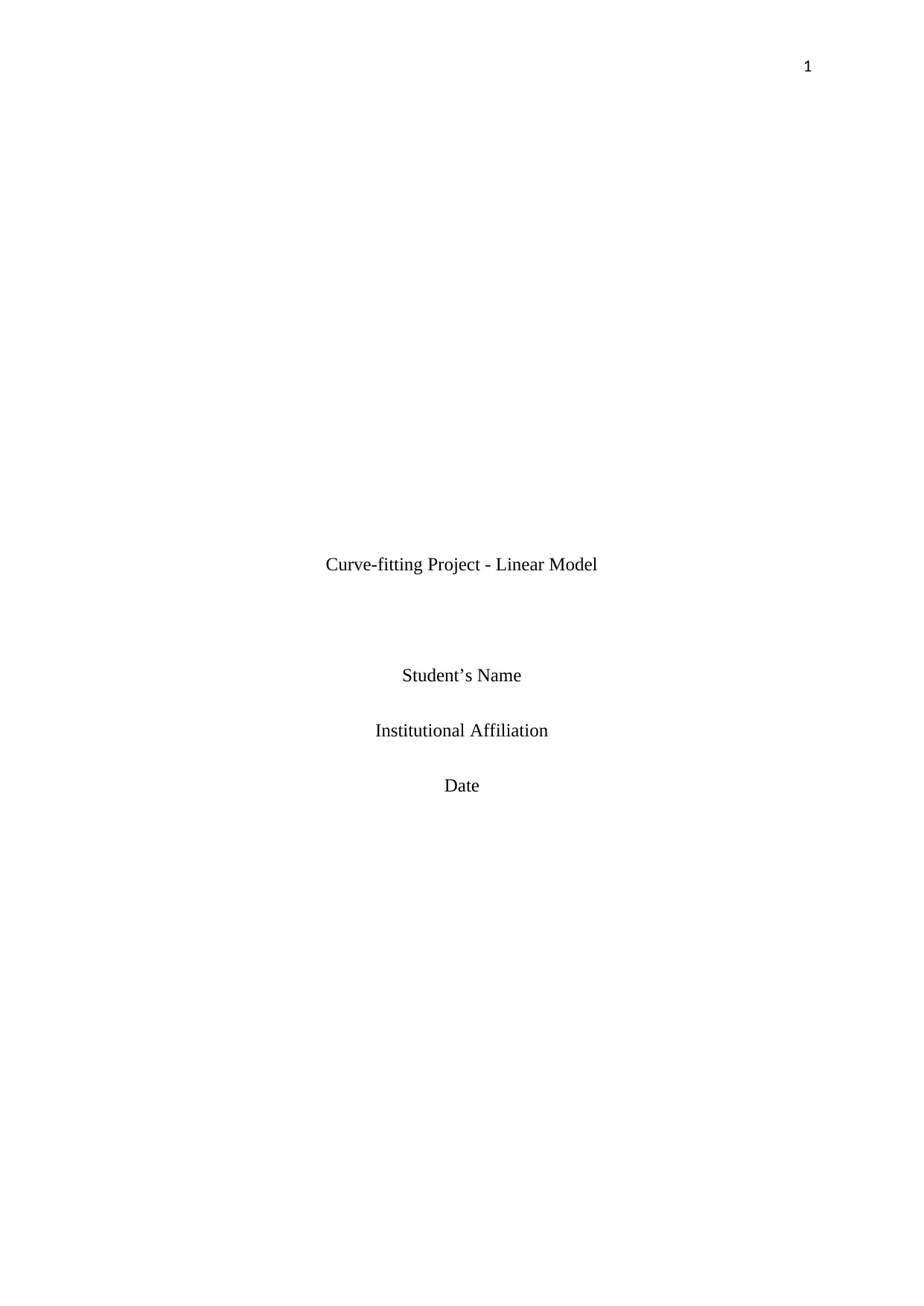
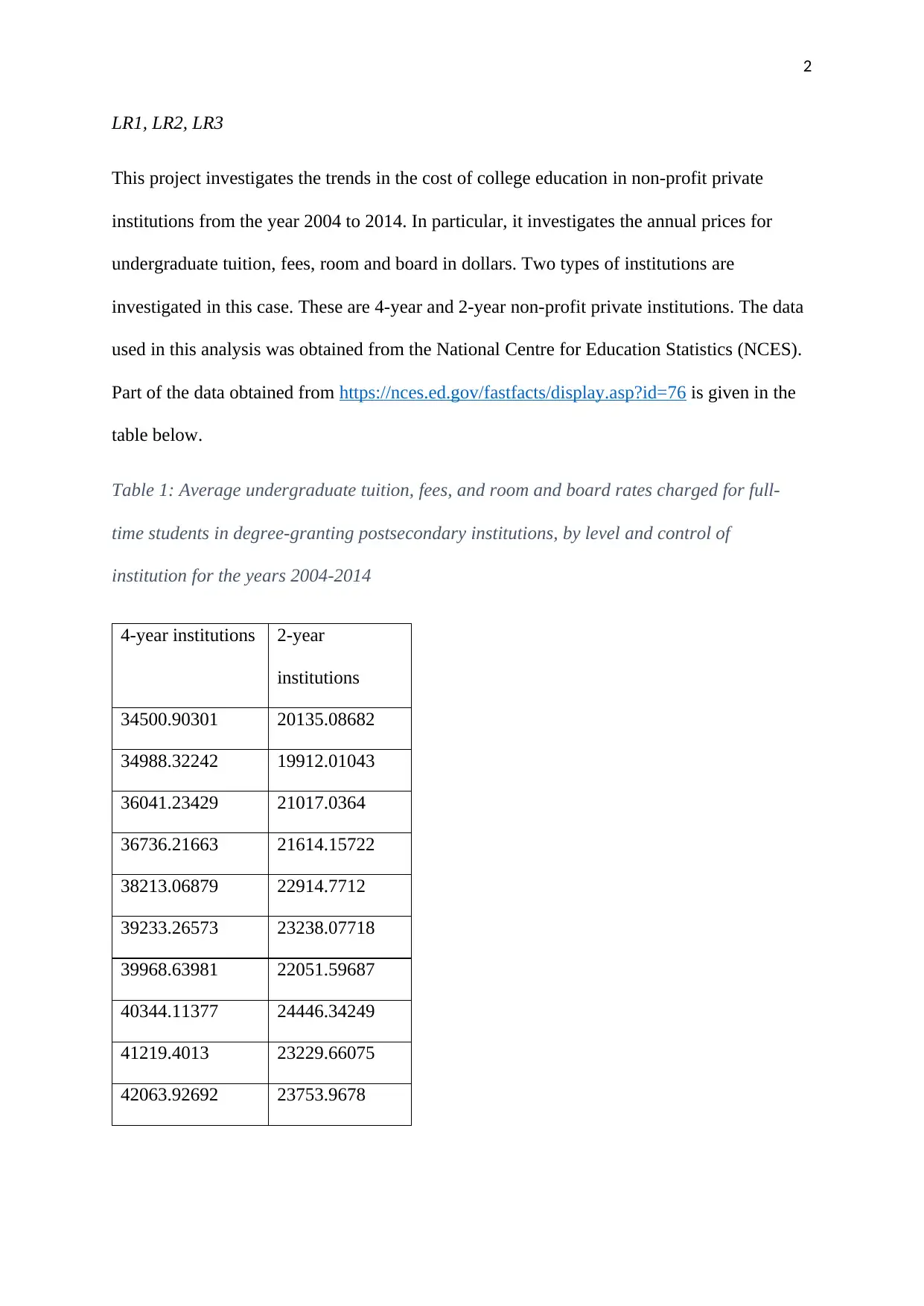
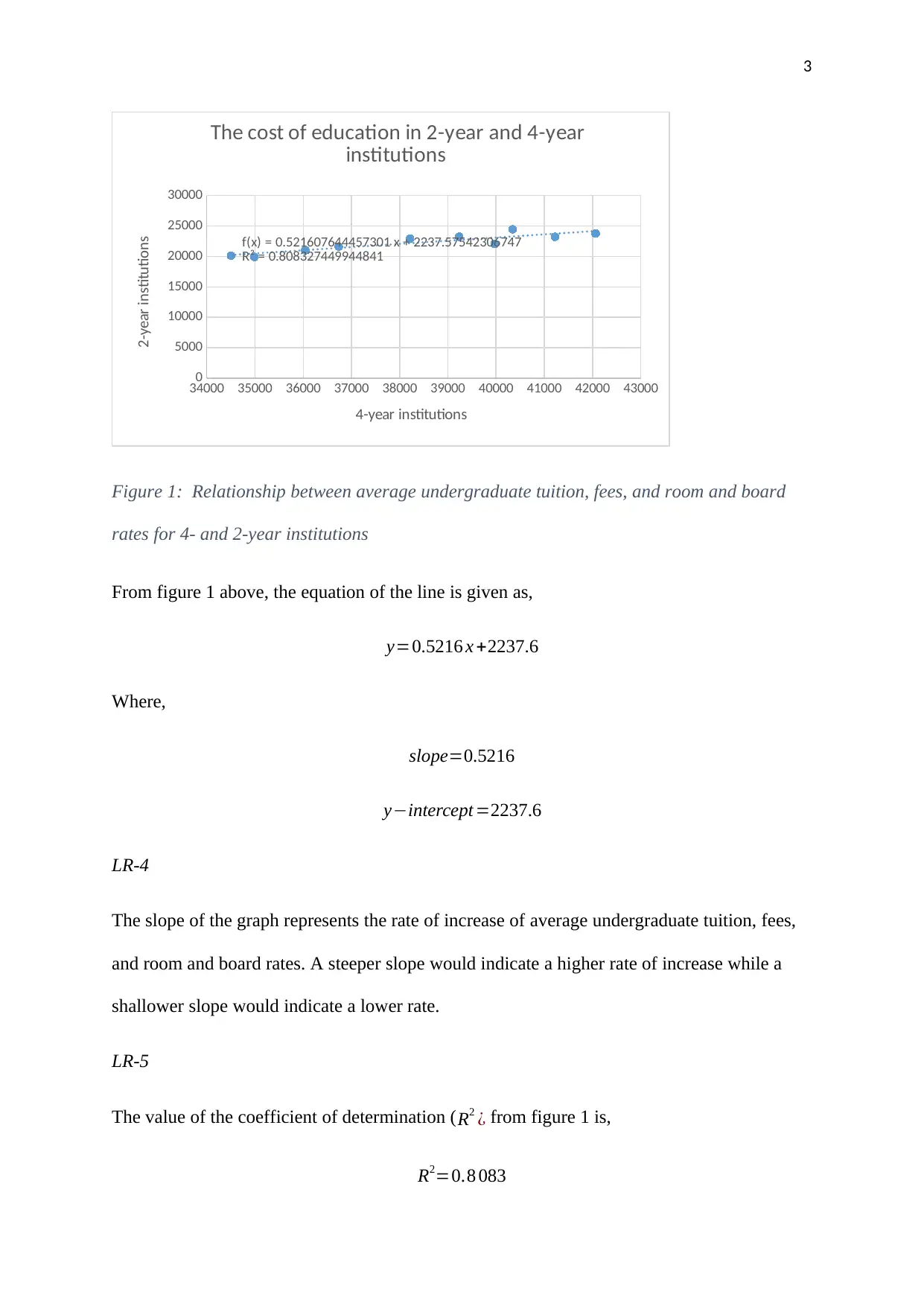

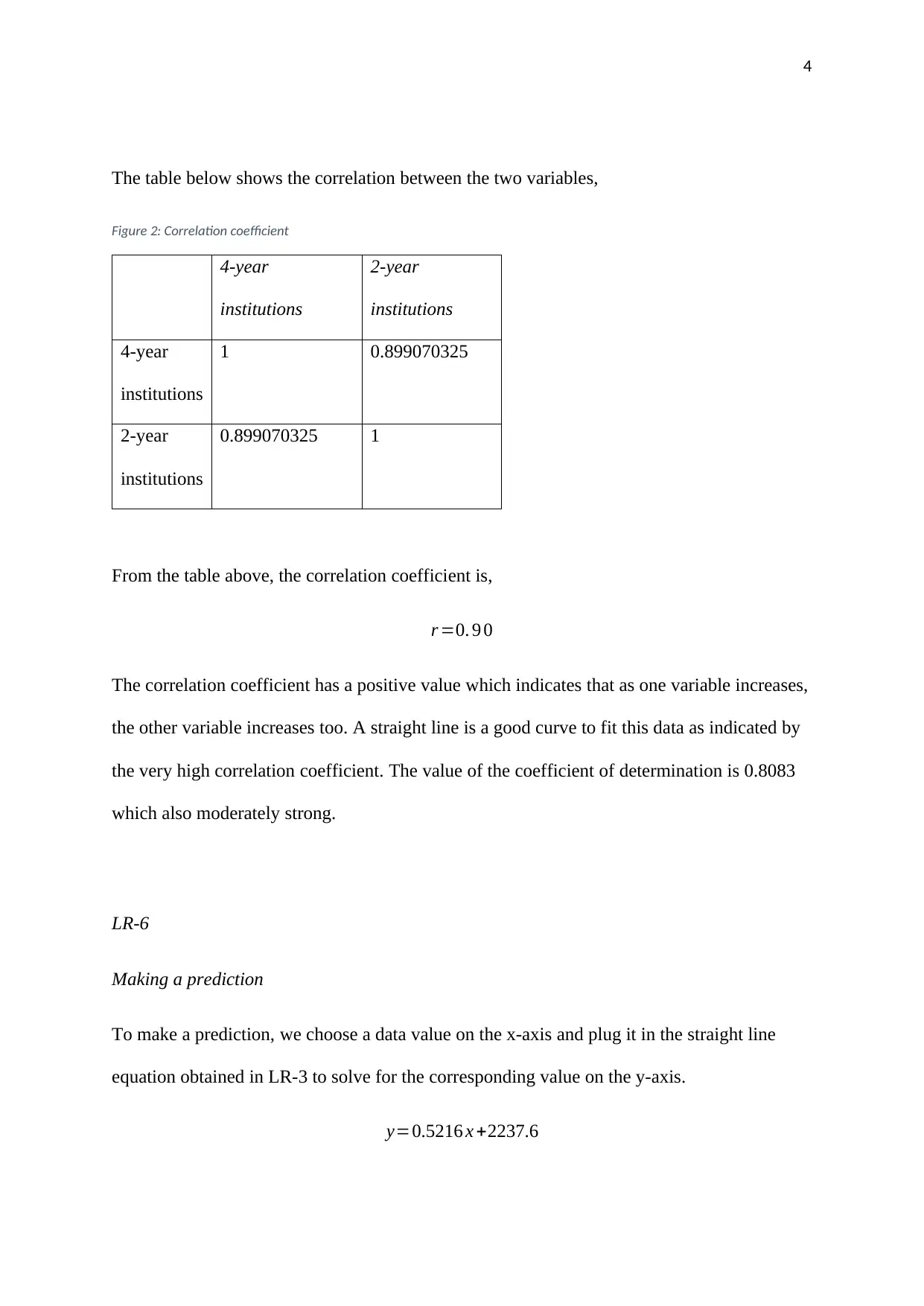
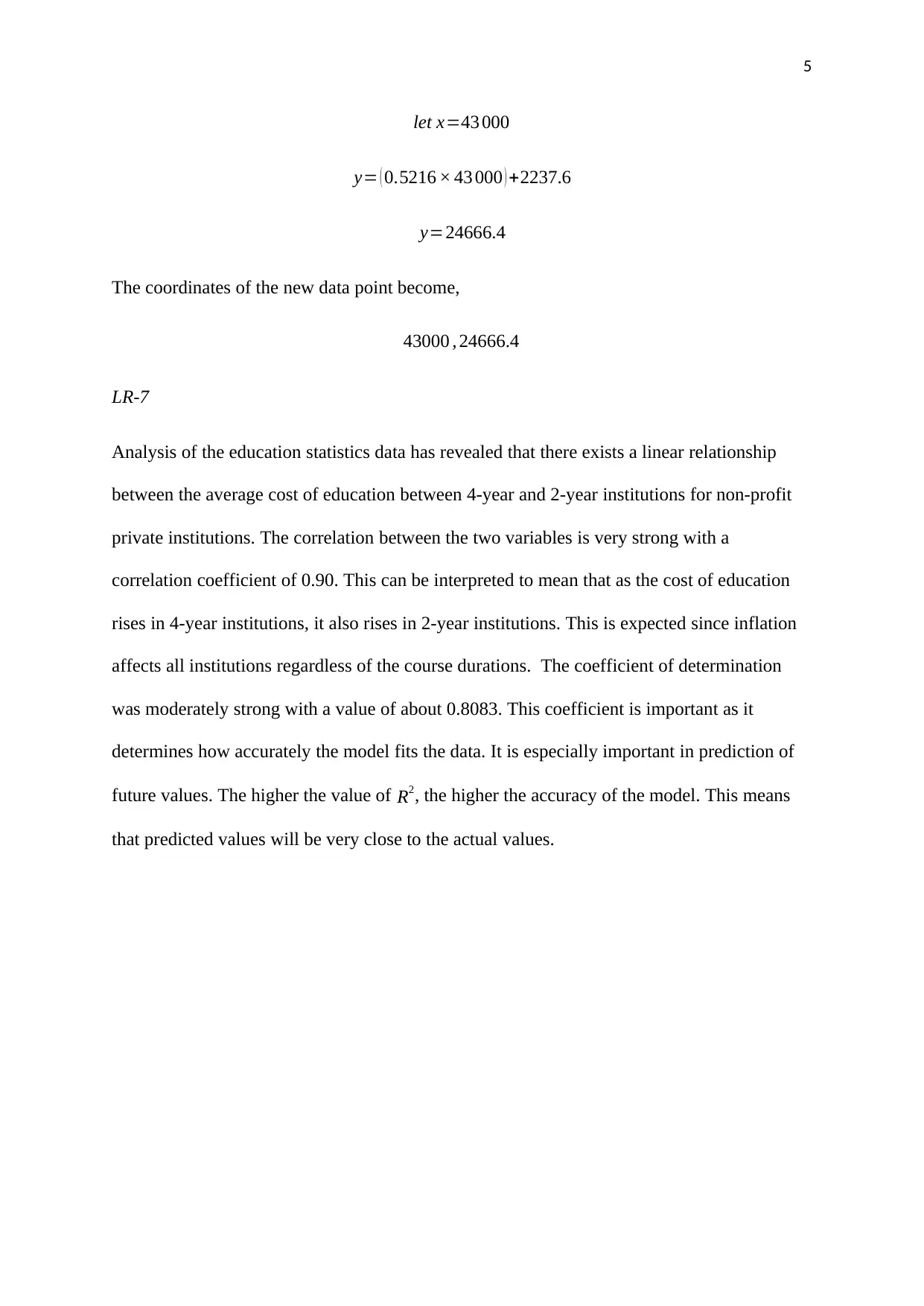
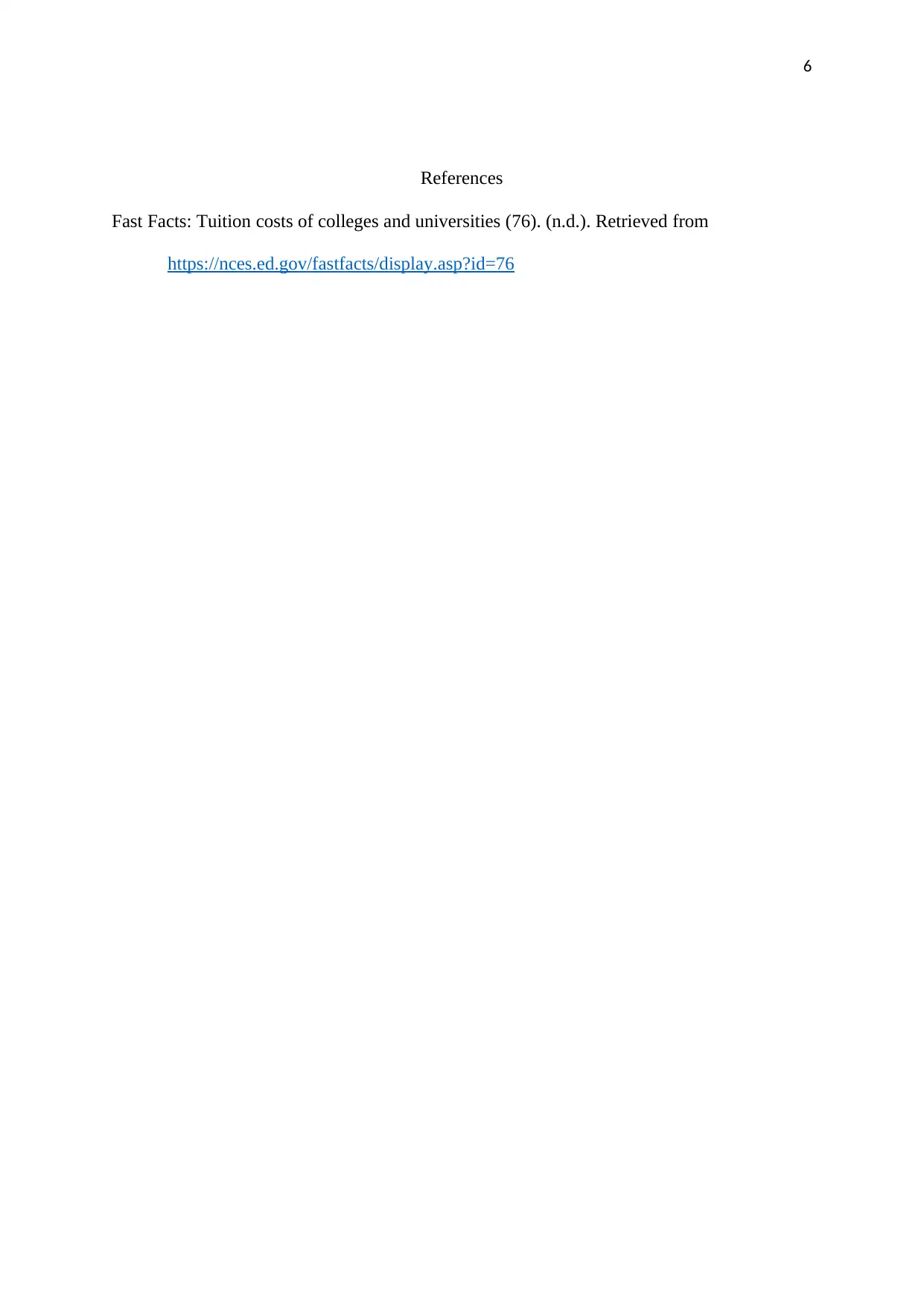





![[object Object]](/_next/static/media/star-bottom.7253800d.svg)